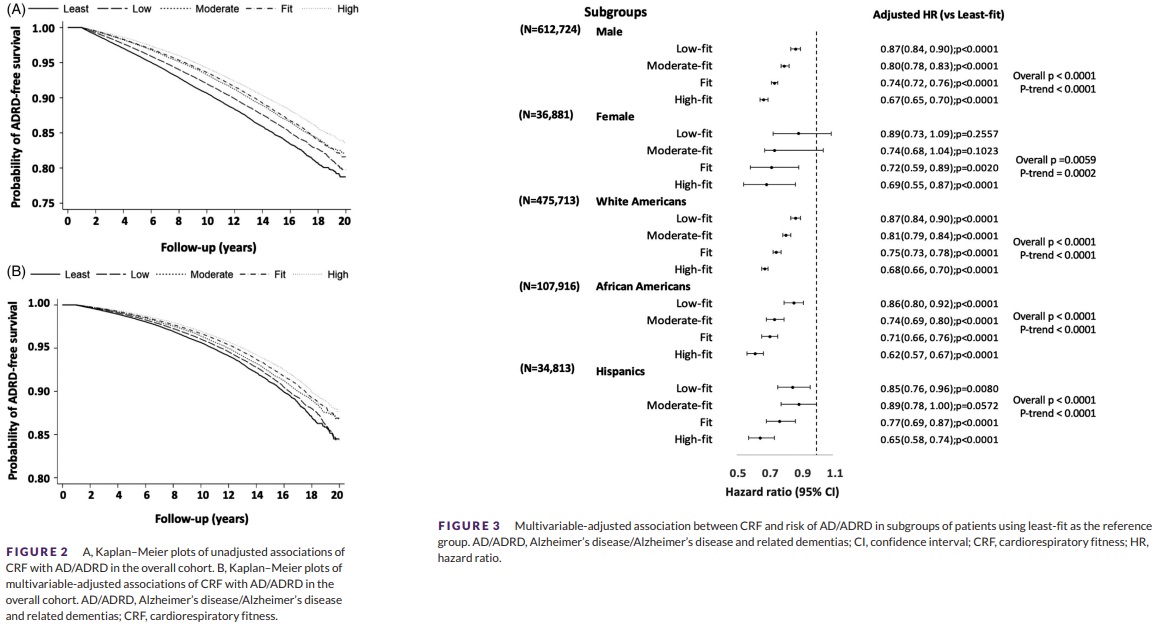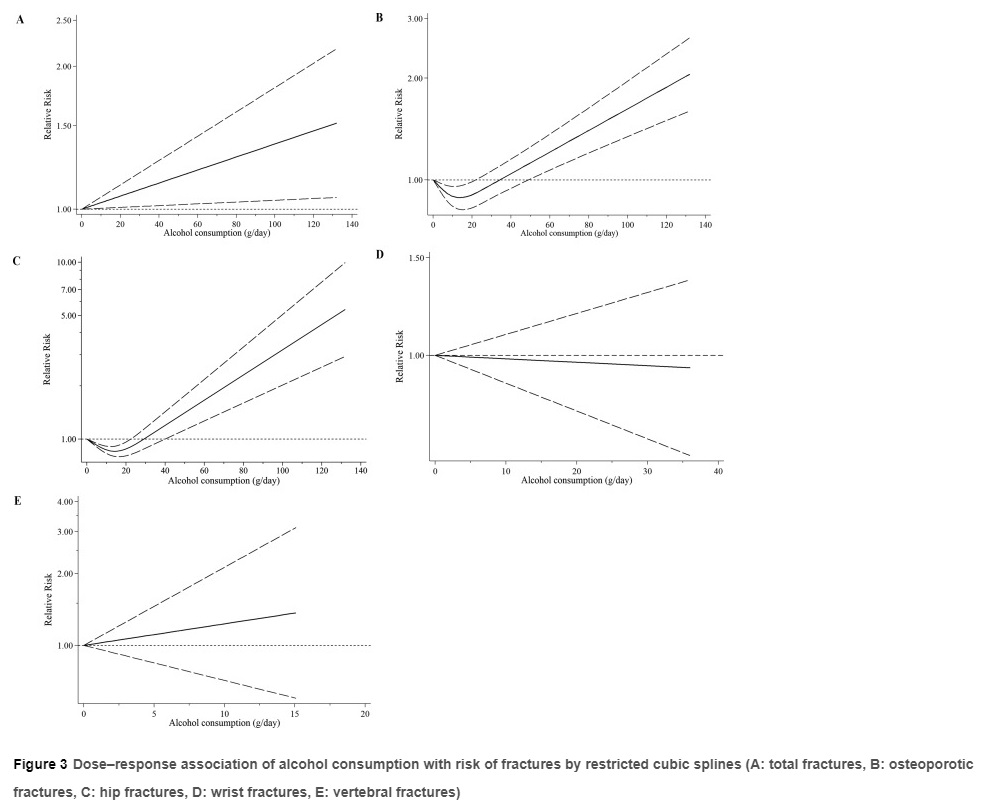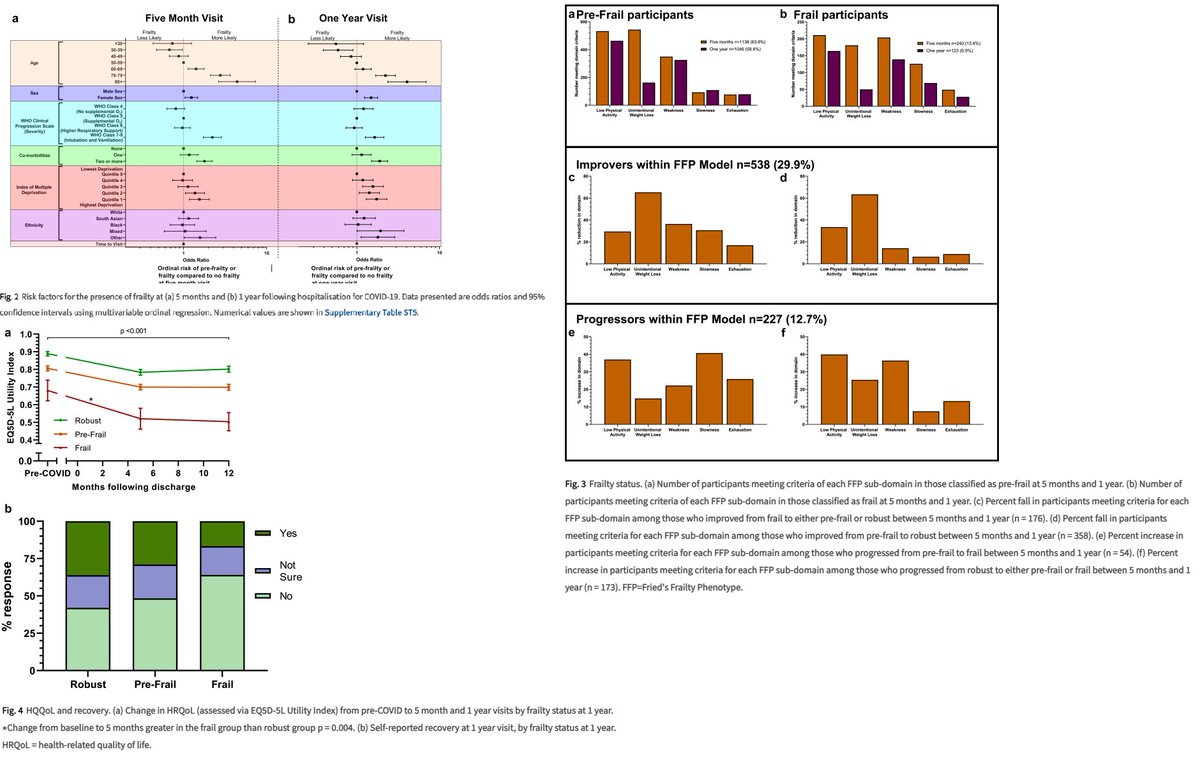
- Not only using anthropometric indices other than BMI eliminated any beneficial association between obesity and mortality risk in patients with heart failure and reduced ejection fraction, adiposity was associated with a higher risk of heart failure hospitalization.
- In the minimally adjusted analyses, overweight and obesity, defined using conventional BMI categories, were associated with a lower risk of death from any cause, and cardiovascular causes, compared with normal weight, consistent with the obesity paradox.
- However, unlike most prior studies, this one adjusted for a broad range of prognostic variables, including NT-proBNP, and thereby minimized the impact of any potential residual confounding.
- After this adjustment, the ‘survival paradox’ related to high BMI was eliminated.
- Importantly, none of the newer anthropometric measures showed the same association between greater adiposity and a lower risk of cardiovascular and all-cause death as was seen with BMI in the minimally adjusted analyses.
Waist-to-height ratio, relative fat mass, and body roundness index were associated with a higher risk of heart failure hospitalization (and the composite of heart failure hospitalization or death from cardiovascular causes) in patients with greater adiposity.
This association that was less apparent with BMI.
"This suggests that these new anthropometric indices identify pathophysiologic processes not reflected by conventional prognostic variables e.g. related to the distribution of body fat."
- Different associations with outcomes were seen at the lower end of the range of adiposity and these also varied between the anthropometric indices.
- When considered as a continuous variable, a very low BMI was associated with a higher risk of death, consistent with previous studies.
However, this was explained by a significant excess of non-cardiovascular death rather than cardiovascular death.
Again, this relationship was not as clearly evident with waist-to-height ratio, or the other newer anthropometric indices.
- "Collectively these data show that greater adiposity in HFrEF is associated with a higher symptom burden, worse quality of life, and a greater risk of HF hospitalization."
Anthropometric measures and adverse outcomes in heart failure with reduced ejection fraction: revisiting the obesity paradox (open access)
doi.org/10.1093/eurhea…
#Obesity #MetabolicSyndrome
doi.org/10.1093/eurhea…
#Obesity #MetabolicSyndrome
• • •
Missing some Tweet in this thread? You can try to
force a refresh










